Category: Anatomy
-
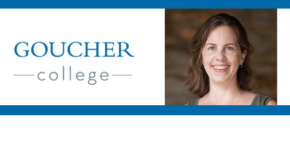
Jenny Lenkowski, Goucher College – What Human Medicine Can Learn From Fish Eyes
The eyes of fish could help us see the light again. Jenny Lenkowski, associate professor of biological sciences at Goucher College, explains why. After receiving her bachelor’s degree at Brown University, Dr. Lenkowski taught in China then worked as a research technician at Tufts Medical School before returning to graduate school. She completed her doctorate…
-
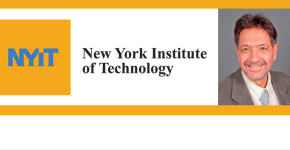
Nikos Solounias, New York Institute of Technology – How Many Toes Do Horses Have?
Horse’s anatomy might need a re-write. Nikos Solounias, professor of anatomy and basic sciences at the New York Institute of Technology, examines whether horses have more toes than previously thought. Nikos Solounias, Ph.D., specializes in evolutionary biology, paleontology, anatomy. His research focuses on living and extinct ungulates such as horses, giraffes, and antelopes. Solounias teaches…
-
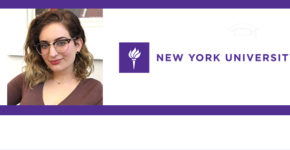
Monica Lewin, New York University – Blocking the Effects of Fetal Alcohol Syndrome
On this Student Spotlight: Is there help on the way for those affected by fetal alcohol syndrome? Monica Lewin, PhD candidate in Neuroscience at New York University, examines how a drug to treat bipolar disease could have a positive side effect. Monica Lewin is a PhD candidate in Neuroscience at New York University. Her research…
-
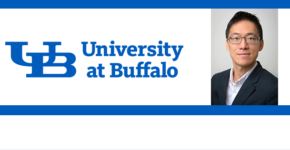
Jack Tseng, University at Buffalo – Carnivore Skull Shape and Diet
“You are what you eat” just got more prophetic. Jack Tseng, assistant professor in the department of pathology and anatomical sciences at the University at Buffalo, examines how the shape of your head might be determined by what goes in your mouth. I am an integrative and evolutionary biologist, and my research focuses on the…
-

Michal Stachowiak, University at Buffalo – Schizophrenia and Early Brain Development
Schizophrenia may develop much early than previously thought. Michal Stachowiak, professor in the department of pathology and anatomical sciences at the University at Buffalo, discusses new findings that show the early stages of pregnancy as the starting point. Michal Stachowiak, PhD, is a professor in the Department of Pathology and Anatomical Sciences in the Jacobs…
-

Brian Beatty, New York Institute of Technology – Heart Disease
Finding an easier way to detect heart disease could be closer than you think. Brian Beatty, Associate Professor of Anatomy at the New York Institute of Technology College of Osteopathic Medicine, looks into a surprising part of the body that could hold clues to your heart health. Brian Beatty, Ph.D., specializes in evolutionary biology, paleontology,…
-
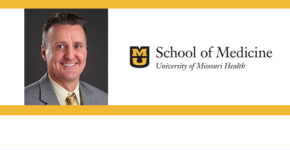
James Cook, University of Missouri School of Medicine – A Better Fix for Torn ACLs
A new technique to treat ACL injuries may be on the way. James Cook, Professor in Orthopedic Surgery at the University Of Missouri School Of Medicine, describes this new technique and how it could lead to a more active lifestyle for those with repaired ACLs in their knees. James Cook, D.V.M., Ph.D., serves as the…
-

Jun Li, University of Michigan – The Brain’s 24-Hour Clock
The news cycle isn’t the only 24-hour cycle we see. Jun Li, Associate Professor in the Department of Human Genetics at the University of Michigan, discusses how our brains are also on their own 24-hour clock. This work is conducted by the Pritzker Neuropsychiatric Disorders Research Consortium , in which Dr. Li is a member,…
-

David Carrier, University of Utah – Punching with Cadavers
Did our hand evolve for use as weapons? David Carrier, professor of biology at the University of Utah, delves into how the evolution of our hands led to the fist being an effective form of protection. My research is focused on understanding the ways in which biomechanics has influenced the evolution of vertebrates. I have…
-

Nikos Solounias, New York Institute of Technology – Giraffe Necks
How did giraffes get such long necks? Nikos Solounias, professor of anatomy at the New York Institute of Technology, explains the evolution of this iconic feature. Nikos Solounias is a professor of anatomy at NYIT College of Osteopathic Medicine. An expert in modern and paleontological ungulate anatomy and biology, he has more than 40 years…
